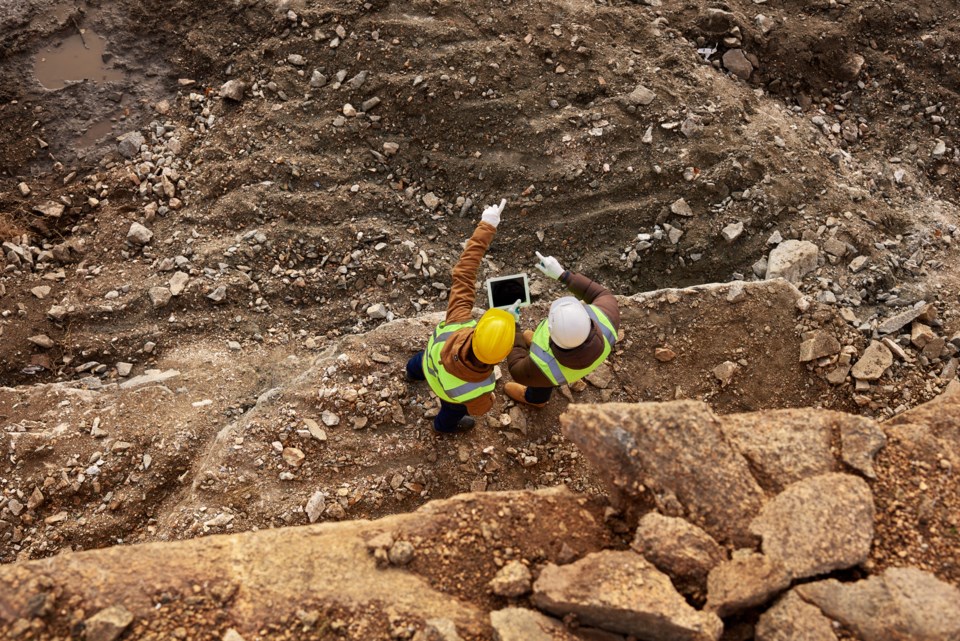Exploration is the lifeblood of the mining sector, a precursor to discovery and development that has historically propelled B.C.’s economy forward. It’s a catalyst for innovation, job creation and economic diversification. Each year, exploration contributes hundreds of millions of dollars to B.C.’s economy and supports thousands of direct and indirect jobs. This is not just about economics—it’s about securing a sustainable future for generations to come.
B.C.’s Critical Minerals Strategy is a visionary blueprint that recognizes the province’s unique position to supply the world with the minerals needed for a lower-carbon future. With 16 of Canada’s 31 critical minerals, including copper and molybdenum, B.C. is poised to be a global leader in the green technology revolution. These minerals are the building blocks for technologies like electric vehicles, solar panels and wind turbines—technologies that will define our path to a cleaner, sustainable economy.
However, the full potential of our mineral wealth can only be harnessed through a robust and predictable regulatory framework. This framework should include definitive timelines for permitting and claim staking, clear guidelines on access to shared land base and a comprehensive understanding of the pivotal roles mineral exploration plays in the mining industry, with the inclusion of all players in the broader industry. With these specifics in place, B.C. can attract and retain exploration companies, thereby realizing the potential of its mineral wealth and leading the charge in the green technology revolution. Without these changes, B.C. will lose out on this incredible opportunity.
A stable regulatory framework provides the certainty needed for long-term investment and planning. It ensures that exploration activities are conducted responsibly, balancing economic growth with environmental stewardship and respect for Indigenous rights. B.C. has made strides in creating a collaborative regulatory approach, ensuring compliances and fostering partnerships with First Nations. Yet, there is more work to be done. We must streamline processes, reduce overly burdensome red tape and create a regulatory environment that is as dynamic and innovative as the industry it seeks to govern.
An immediate example to streamline would be an online consultation-based mineral tenure system. This is relatively easy for regulators to build and get people behind, however industry needs to be at the table with government at the front end to find these solutions instead of being an afterthought or not consulted at all. Collaboration is key and without it the haphazard regulatory framework that currently exists will push investment away. As we look to the horizon, let us remember that exploration is not just about extracting value from the ground; it’s about laying the foundation for a prosperous, sustainable and equitable future. It’s about building a legacy that transcends commodities and reflects our commitment to the planet, our communities and our people.
The mining sector in British Columbia is at a critical juncture. We are at risk of losing people, investments and multi-generational opportunities. A significant amount of work is done by prospectors, juniors and geoscientists before claim staking. In the 65 per cent of the province that has not been staked, geoscientists and prospectors are currently engaged in pre-staking activities to determine where they might register a claim for further exploration. This underscores the importance of the intellectual property element of claims—it is the research and development process conducted well in advance of a mine.
However, investments in exploration have declined from $740 million in 2022 to $643 million in 2023, with an even lower number projected for 2024. I remain hopeful that the province is listening to our sector’s concerns, and I say again that everyone with a stake in the mining sector—government, First Nations and industry—needs to get onside to develop a regulatory framework. As the World Bank predicts a 500-per-cent increase in critical mineral production by 2050 to meet clean energy demands, we can’t just rely on the mines that we have, or even the mines in the queue. We’re going to have to find more deposits. This is a call to action for all stakeholders to ensure the future of mining in British Columbia.
Let’s unlock the generational opportunity before us and chart a course towards a thriving, sustainable economy for British Columbia.
Keerit Jutla is president and CEO of the Association for Mineral Exploration.




